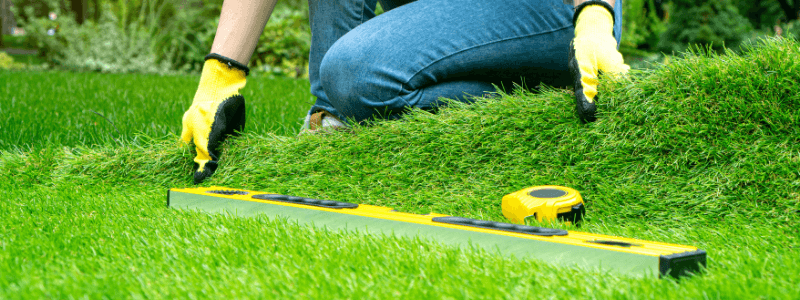From Listing to Leasing: A Checklist for New Landlords

Becoming a landlord for the first time can be both exciting and overwhelming. Whether you’re renting out a second home, an inherited property, or venturing into real estate investment, understanding the full process is essential to avoid common pitfalls and protect your investment. This comprehensive First-Time Landlord Checklist will walk you through each step — from listing your property to successfully leasing it.
- Prepare the Property
Before listing your property, ensure it’s clean, safe, and functional. Address any necessary repairs — fix leaky faucets, ensure all appliances are working, and repaint walls if needed. Consider upgrades like modern lighting or new flooring to increase appeal. Don’t forget to check safety features: working smoke detectors, carbon monoxide detectors, and secure locks on windows and doors.
- Understand Legal Requirements
Familiarize yourself with local, state, and federal laws concerning rental properties. This includes habitability standards, anti-discrimination laws (such as the Fair Housing Act), eviction procedures, and required disclosures. You may also need a rental license or landlord registration, depending on your jurisdiction. Consulting with a real estate attorney or property manager can be a smart move at this stage.
- Determine the Right Rent Price
Setting the correct rental price is critical. Research comparable properties in your area (location, size, features, and condition) to gauge a competitive rate. Too high, and you may struggle to find tenants; too low, and you might not cover expenses. Online tools like Zillow Rent Zestimate or Rentometer can help with estimates.
- Market the Property
Create a compelling listing that includes high-quality photos, a detailed description of the property, and clear contact information. Highlight amenities such as updated kitchens, outdoor spaces, or included utilities. Post your listing on popular rental websites like Zillow, Craigslist, Facebook Marketplace, and local classifieds.
- Screen Tenants Thoroughly
Screening is vital to finding reliable tenants. Use a rental application that collects employment, income, and rental history. Run background checks and credit reports (with the applicant’s permission) and contact previous landlords for references. A thorough screening helps minimize the risk of missed payments or damage to the property.
- Draft a Solid Lease Agreement
The lease should outline all terms of tenancy, including rent amount and due date, security deposit, maintenance responsibilities, rules on pets or smoking, and procedures for repairs and emergencies. Use a legally reviewed lease template specific to your state. Be clear and fair to avoid misunderstandings.
- Collect Deposits and Rent
Once a tenant is approved, collect the first month’s rent and a security deposit before handing over the keys. Make sure to provide a receipt and keep financial records for tax and legal purposes.
- Conduct a Move-In Inspection
Document the property’s condition with a move-in checklist, including photos. Walk through the unit with the tenant and have both parties sign the document. This helps protect you against damage claims when the tenant moves out.
Final Thoughts
Becoming a landlord is more than just handing over keys — it’s about managing a property, following laws, and maintaining positive tenant relationships. With this checklist, new landlords can confidently transition from listing to leasing while building a strong foundation for rental success.






